Riveting is a mechanical connection method that fixes two or more pieces of material together through fasteners such as rivets. It is a traditional and widely used connection process, especially in the aviation, shipbuilding, automobile, construction and other industries, with strong durability and reliability.
The basic principle of riveting is to insert the rivet into the hole after drilling a hole in the material, and use special tools to deform the two ends of the rivet to achieve a tight connection of the material. Riveting has the advantages of simplicity, economy, reliability, etc., and does not require heating or the use of special chemical materials, and can be used in various working environments.
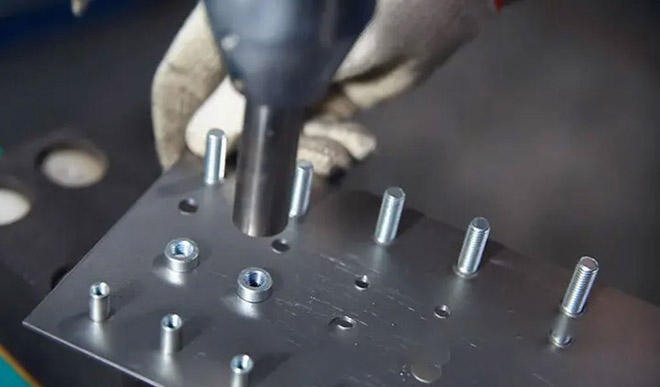
Hot riveting
Hot riveting is riveting under heating conditions, usually used for high-strength materials or connections under special environments. It is performed by heating the rivet to a certain temperature before riveting, and using heat to generate a strong bonding force at the joint between the rivet and the connected material. Hot riveting is often used in industries such as aerospace and shipbuilding because it can provide a more stable and durable connection.
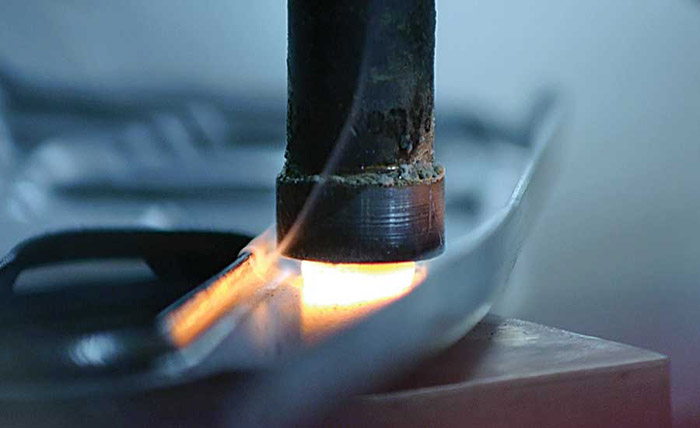
Features:
Suitable for high-strength materials.
High connection strength, suitable for bearing large loads.
Suitable for use in extreme environments (high temperature, high pressure).
Cold riveting
Cold riveting is riveting at room temperature without heating. Common cold riveting methods include conventional riveting and pressure riveting. Cold riveting is widely used in the fields of automobiles, mechanical equipment, etc., especially for mass production and occasions that require fast and efficient processing.
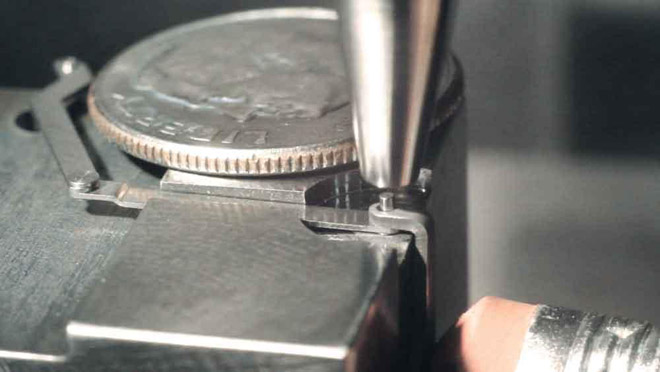
Features:
Easy to operate, no additional heating is required.
Suitable for mass production and high efficiency.
The thermal deformation of the material is small.
Vibration riveting
Vibration riveting is a method of inserting the rivet into the connected material and completing the riveting by applying high-frequency vibration to the rivet through a vibrating tool. This method is usually used to connect thicker materials or work that is difficult to complete through traditional riveting.
Features:
Suitable for thicker or harder materials.
It can improve work efficiency and reduce equipment wear.
It can avoid damage to the surface of the material.
Expansion riveting
Expansion riveting is a way to fix materials by the principle of rivet expansion. After entering the material, the rivet is compressed or mechanically deformed to expand and firmly fixed in the connection position. This method is often used to connect thin materials that are not easy to deform, especially in some high-precision applications.
Features:
High precision and firm connection.
Suitable for tight connection of thin materials.
It can avoid material deformation.
Self-tapping riveting
Self-tapping riveting uses the threaded characteristics of the rivet itself to directly insert the material through the spiral principle to form a strong mechanical fixation. It is often used in situations where quick installation and disassembly are required, especially for thinner materials and non-metallic materials.
Features:
Easy and fast operation.
Suitable for soft materials or metal plates.
The connection is removable and highly flexible.
Advantages:
High-strength connection: Riveting can provide strong mechanical fixing force, especially for large-sized or high-stress components, riveting can ensure the stability and safety of the connection.
Durability: The riveted connection parts have good corrosion resistance, high temperature resistance and low temperature resistance, and are suitable for various extreme environments.
No need for additional materials: Riveting does not require additional solder or adhesive, which makes it more economical and practical in some cases.
Strong vibration resistance: The connection parts formed by riveting have strong vibration resistance and are suitable for working environments with high vibration frequencies.
Disadvantages:
High operation requirements: Riveting requires professional equipment and technology, especially in the connection of complex structures, and multiple operations may be required to ensure the quality of the connection.
Surface damage: When hammering or pressing rivets, some damage may be caused to the surface of the connected materials.
Heavy weight: Compared with other connection methods (such as welding or bolting), riveted connections are heavier and are not suitable for designs that require weight reduction.
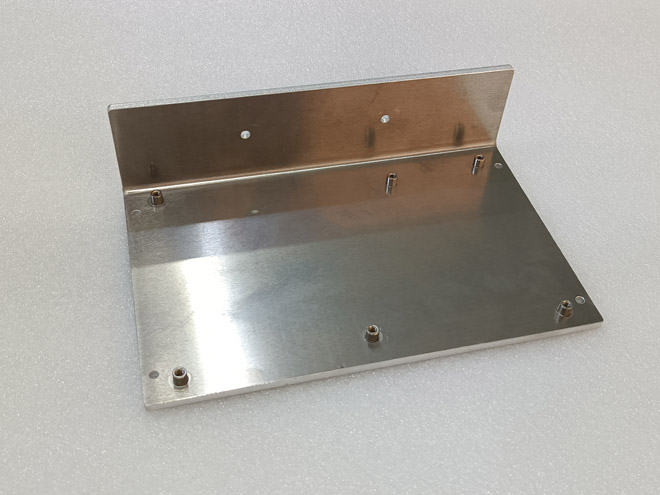
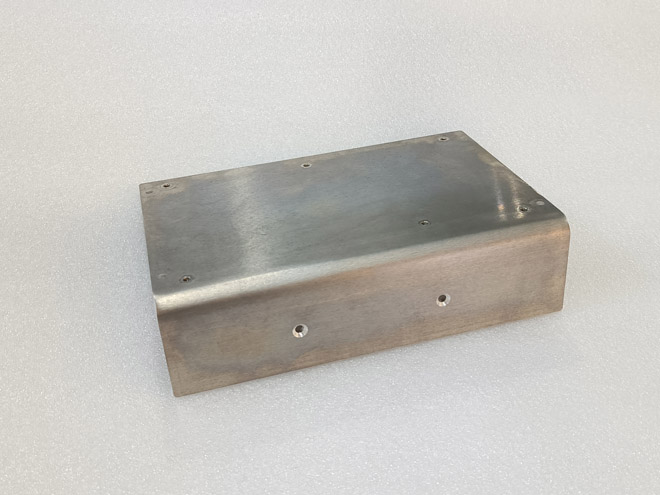
Aerospace: In the structure of aircraft and spacecraft, riveting is often used for parts that bear high-strength loads and require long-term durability, such as wings, fuselages and doors.
Shipbuilding: Riveting is widely used in the shipbuilding process, especially in the connection between the hull and the bottom, with excellent seawater corrosion resistance.
Automotive industry: Riveting is also important in the assembly of automobile bodies, especially in the connection between the roof and the door, which can effectively improve the body strength and collision resistance.
Construction industry: In the assembly of steel structures and buildings, riveting is a common connection method, suitable for connection parts that require high strength and long-term stability.